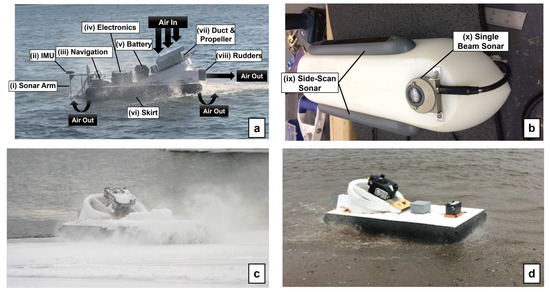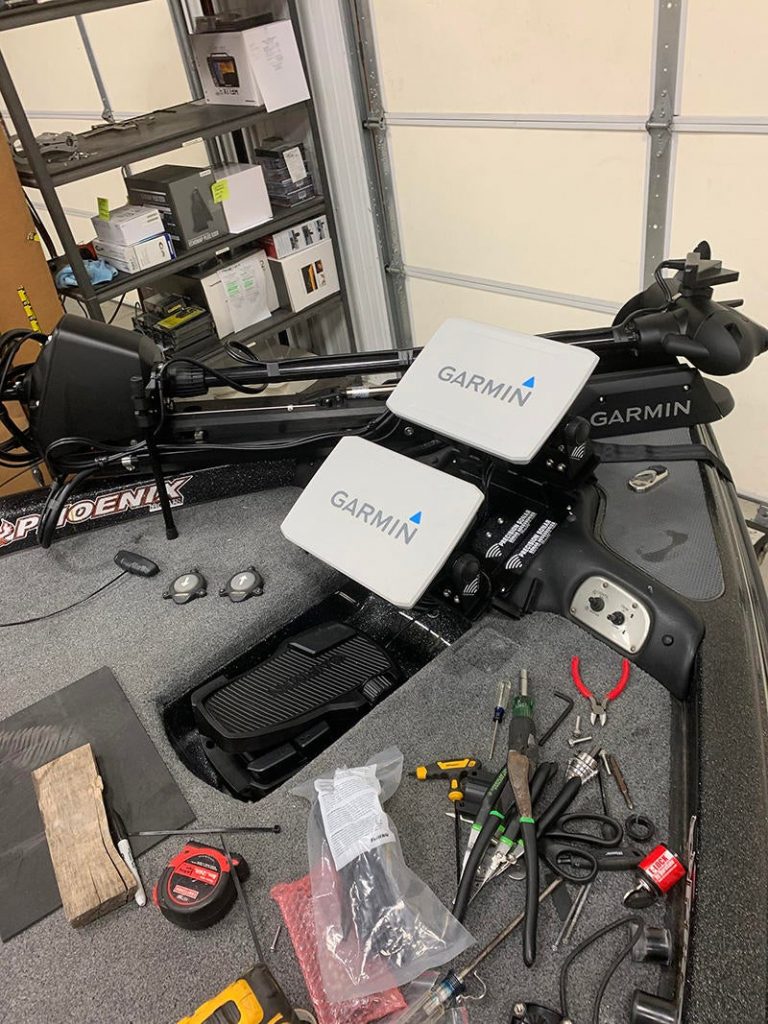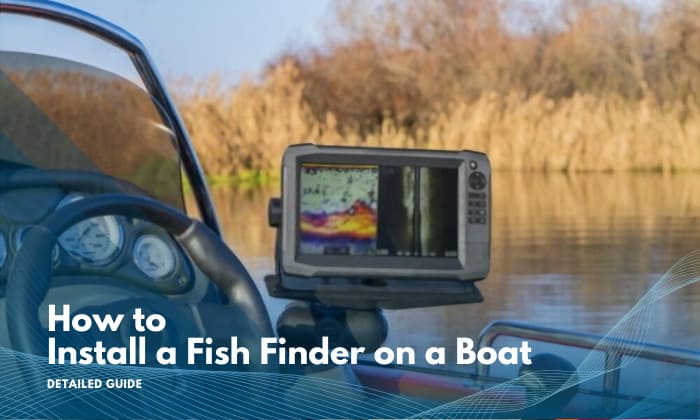Scanning sonar provides detailed and high-resolution images underwater, while traditional sonar offers general and lower-resolution data. Scanning sonar and traditional sonar are two sonar technologies used for underwater mapping and navigation.
Scanning sonar utilizes advanced techniques to produce high-frequency sound waves and generate detailed images of underwater objects. By using a rotating transducer, scanning sonar creates a comprehensive view of the underwater environment with exceptional accuracy and resolution. On the other hand, traditional sonar relies on a single fixed transducer and provides a general overview of the underwater features.
While traditional sonar is suitable for basic navigation and mapping, scanning sonar excels in providing intricate details and precise measurements for scientific research, underwater inspections, and various underwater applications. We will explore the differences and advantages of scanning sonar and traditional sonar, enabling you to choose the most suitable technology for your underwater needs.

Credit: www.mdpi.com
The Evolution Of Underwater Detection Technologies
The underwater detection technology has witnessed a tremendous evolution, with scanning sonar replacing traditional sonar systems. Sonar technology plays a critical role in underwater detection due to its ability to map and provide accurate information about underwater objects and their surrounding environment.
Scanning sonar has brought significant advancements in this field, offering higher resolution imaging and more detailed underwater mapping. It has overcome the limitations of traditional sonar, such as limited range and lower image quality. The use of scanning sonar has revolutionized underwater exploration, marine research, and navigation, enabling a deeper understanding of underwater features, marine life, and potential hazards.
With its superior capabilities, scanning sonar has become an essential tool for various industries, including defense, oil and gas, marine conservation, and underwater archaeology.
Understanding Scanning Sonar
Scanning sonar and traditional sonar are two different technologies used for underwater mapping. Scanning sonar uses a narrow beam of sound waves to create detailed images of the seafloor and underwater structures. It works by emitting sound waves and measuring the time it takes for the waves to bounce back.
This allows for accurate mapping of the underwater environment. One major benefit of scanning sonar over traditional sonar is its ability to provide high-resolution images and 3D visualization. This makes it easier to identify objects and navigate underwater. Scanning sonar finds applications in a variety of real-world scenarios, including underwater exploration, marine research, and oil and gas exploration.
Its ability to provide accurate and detailed images makes it invaluable in these fields. Overall, understanding how scanning sonar works and its advantages over traditional sonar is essential for anyone involved in underwater mapping and exploration.
Comparing Scanning Sonar And Traditional Sonar
Scanning sonar and traditional sonar differ in terms of frequency range, resolution, coverage area, mapping capabilities, target identification, discrimination, and environmental considerations. Scanning sonar offers a wider frequency range and higher resolution, allowing for greater detail in underwater imaging. It also provides a wider coverage area, enabling efficient mapping capabilities.
On the other hand, traditional sonar has limitations in resolution and coverage area. When it comes to target identification and discrimination, scanning sonar excels by offering clearer images and distinguishing between different objects underwater. However, traditional sonar may struggle to provide accurate target information.
Additionally, environmental factors can affect the performance of both sonar types, such as water conditions and interference from other sources. Despite their differences, both scanning sonar and traditional sonar play essential roles in underwater exploration and navigation, offering valuable insights into underwater environments.
Advantages And Limitations Of Traditional Sonar
Traditional sonar technology has various advantages, making it a valuable tool for deep water exploration. It boasts cost-effectiveness and simplicity of use, making it accessible for a wide range of applications. However, it also has limitations to consider. For instance, the imagery produced by traditional sonar is often less detailed compared to other technologies.
Additionally, its mapping capabilities are limited, which may pose challenges for certain applications. Another issue is vulnerability to interference and noise, which can potentially affect the accuracy of the data collected. Despite these limitations, traditional sonar remains a popular choice for underwater exploration due to its overall effectiveness and affordability.
Its advantages outweigh the drawbacks, making it a reliable and valuable tool for various industries.
The Power Of Scanning Sonar
Scanning sonar is a powerful technology that unleashes the potential to revolutionize underwater exploration. It enhances target detection and identification, providing a higher level of accuracy and reliability. With its fine details and high-resolution imagery, scanning sonar allows for a more comprehensive understanding of underwater environments.
This technology accurately measures target attributes, providing crucial data for various applications. Real-time mapping and navigation capabilities enable efficient exploration and tracking of underwater objects. Additionally, scanning sonar excels in seabed profiling and object mapping, enabling scientists and researchers to gain valuable insights into underwater topography.
With its advanced capabilities, scanning sonar is changing the game in underwater surveying and mapping, providing invaluable information for industries such as marine research, oil and gas, and underwater archaeology. Embracing the power of scanning sonar unlocks a new era of exploration beneath the surface.
Applications Of Scanning Sonar In Underwater Exploration
Scanning sonar is revolutionizing underwater exploration, particularly in marine research and conservation. This cutting-edge technology assists scientists in studying aquatic life and habitats more efficiently and accurately. Furthermore, scanning sonar plays a crucial role in underwater archaeology, aiding in the discovery and documentation of submerged historical artifacts and sites.
Its integration into defense and security operations has also proven invaluable, enhancing the detection of potential threats in coastal and maritime environments. The detailed imagery provided by scanning sonar greatly improves our understanding of the underwater world and allows for targeted conservation efforts and strategic decision-making.
In summary, scanning sonar is reshaping the way we explore and protect the immense and diverse ecosystems beneath the waves. Its applications span from scientific research and historical preservation to safeguarding our coastal surroundings.
Future Developments And Trends In Underwater Detection Technologies
The advancement of underwater detection technologies is rapidly progressing, particularly in the field of scanning sonar. These developments offer exciting potential for the future, as they integrate cutting-edge artificial intelligence capabilities. By combining scanning sonar with AI, researchers can achieve enhanced accuracy and efficiency in underwater exploration and detection activities.
This integration allows for real-time analysis and interpretation of gathered data, improving the overall effectiveness of underwater detection systems. Additionally, emerging trends in this field show a significant focus on improving resolution and enhancing the range of scanning sonar devices.
As a result, these technologies can provide crucial insights into underwater environments and their inhabitants. With ongoing advancements and innovative research, the future of scanning sonar holds great promise for underwater exploration and detection.
Frequently Asked Questions For Scanning Sonar Vs. Traditional Sonar
What Are The Differences Between Scanning Sonar And Traditional Sonar?
Scanning sonar uses a rotating transducer to create a 360-degree view of the underwater environment, whereas traditional sonar uses a fixed-angle transducer for a limited field of view. Scanning sonar provides detailed images, while traditional sonar offers basic depth and fish detection.
Scanning sonar is ideal for locating wrecks and structures, while traditional sonar is better for general fish finding.
How Does Scanning Sonar Work?
Scanning sonar emits short pulses of sound waves that bounce off objects in the water. By measuring the time it takes for these echoes to return, scanning sonar creates detailed images of the underwater environment. The rotating transducer allows for a full 360-degree coverage, providing a comprehensive view of the surroundings.
What Are The Advantages Of Using Traditional Sonar?
Traditional sonar is cost-effective and easy to use, making it accessible for both professional and leisure fishing. It provides basic depth information and fish detection, allowing anglers to locate potential fishing spots. Traditional sonar is also suitable for shallow water fishing and can be mounted on small boats or kayaks.
Is Scanning Sonar Suitable For Deep-Sea Exploration?
Yes, scanning sonar is highly effective for deep-sea exploration. Its ability to provide detailed images of the underwater environment allows researchers and explorers to locate and map remote areas with precision. Scanning sonar is essential for scientific studies, marine archaeology, and deep-sea surveying, enabling us to discover new species and understand the oceanic ecosystem.
Conclusion
Overall, it is clear that both scanning sonar and traditional sonar have their own unique advantages and capabilities. Scanning sonar offers enhanced imaging and higher resolution, making it ideal for tasks such as underwater surveying and mapping. On the other hand, traditional sonar provides a broader view, allowing for wider coverage and effective navigation in open waters.
When selecting the right sonar system, it is crucial to consider the specific needs and requirements of the project or application. Factors such as depth, water conditions, desired imaging quality, and budget should all be taken into account. Additionally, it may be beneficial to consult with experts in the field who can provide guidance and recommendations based on their experience and knowledge.
Whether it is for marine research, fishing, underwater exploration, or navigation, both scanning sonar and traditional sonar play a significant role in enabling us to discover the secrets of our oceans and lakes. Embracing the capabilities of these technologies allows us to gain insights, uncover hidden treasures, and ultimately deepen our understanding of the underwater world.





